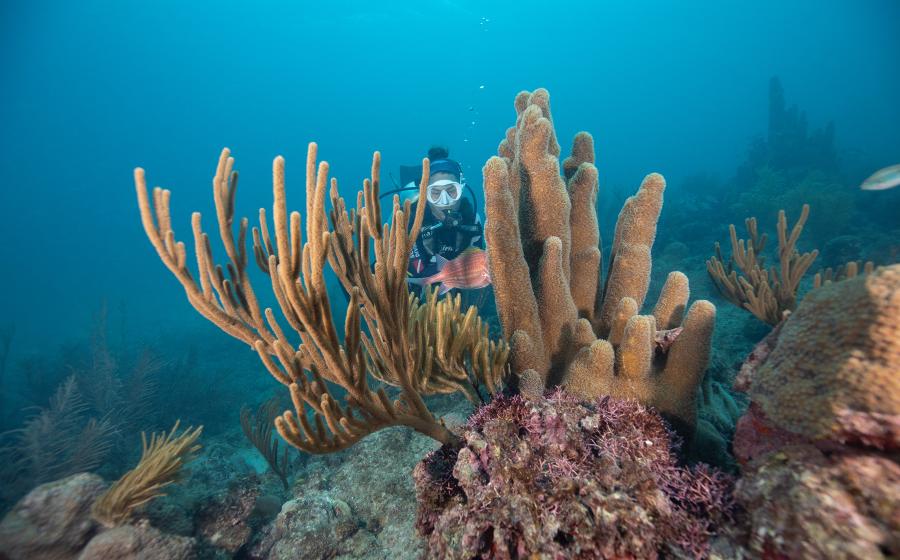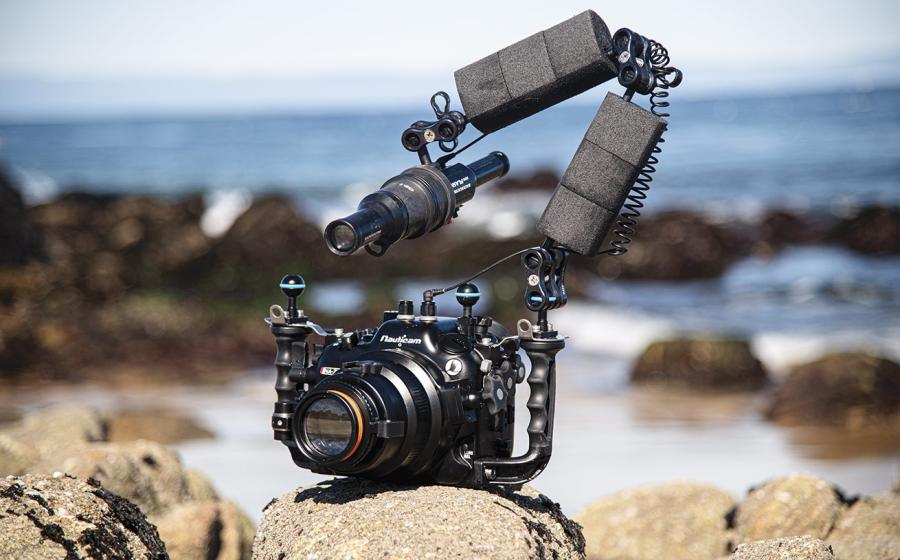What Every Diver Needs to Know About the High Seas Treaty

Shutterstock.com/Aerial-motionAfter ten years of discussion, the High Seas Treaty will protect nearly two-thirds of the open ocean.
For the first time, United Nations members have agreed on a unified treaty to protect biodiversity in international waters, which includes nearly two-thirds of the open ocean. The treaty will establish mechanisms for the equitable sharing of scientific discoveries and enforce stricter standards for new human activities in international waters.
The High Seas Treaty comes after 20 years of mobilizing and a decade of debates. Previously, the agreement has stalled over funding and fishing rights, BBC reported. Now, countries have laid the critical groundwork for global collaboration over the ocean’s most persistent threats – including biodiversity loss, pollution, overfishing and climate change impacts. These will hopefully foster a more abundant and resilient ocean in the future.
“It’s going to provide first-time protections ever for half of the planet that has not ever had that,” Greenpeace USA senior oceans campaigner Arlo Hemphill told EcoWatch. “And that makes it the largest conservation agreement in the history of the world.”
Currently, the High Seas Are Largely Unregulated
Currently, only 1.2% of the high seas are protected. Because they lie outside any national jurisdiction, these international waters – where all countries have the right to fish, ship and do research – have traditionally been under-regulated and overexploited. With this landmark treaty, the hope is that much will change.
"We only really have two major global commons — the atmosphere and the oceans," Georgetown marine biologist Rebecca Helm told NPR. While the oceans may draw less attention, "protecting this half of earth's surface is absolutely critical to the health of our planet."

Kristin PaterakisAn oceanic manta ray gracefully swims by a scuba diver.
Important Outcomes of the Treaty:
1. Protect Biodiversity and 30x30 - The High Seas Treaty provides a framework and legal basis for establishing Marine Protected Areas (MPAs) in international waters, NPR reported. A network of high seas MPAs will protect biodiversity in the largest habitat on the planet and benefit the millions of species that live there. The commitment is to protect 30% of the seas by 2030. This commitment aligns with and facilitates the success of COP15’s 30x30 pledges to protect 30% of the planet’s waters and land for conservation. Scientists believe this is the minimal level to ensure that we have a healthy and productive ocean ecosystem in the future.
2. Uniform Regulations - According to the High Seas Alliance, the treaty makes it easier to manage shipping, fishing and other historically-detrimental human activities in international waters, EcoWatch reported. Many marine species – such as the whales, dolphins, sharks and sea turtles that divers love – migrate across national borders and the high seas. Balancing their protection with human activities like fishing and tourism has been challenging because of the gaps between national and international regulations. The treaty brings clarity to the “confusing patchwork of laws” by “knit[ting] together the different regional treaties to … address threats and concerns across species' ranges," Jessica Battle, an oceans governance expert at the Worldwide Fund for Nature, told NPR.
3. Standards for Environmental Impact Assessments - The treaty also establishes guidelines for assessing the environmental impact of new commercial activities in international waters. It will place strict limits on how much fishing is allowed, what routes shipping vessels must take and how and where deep sea mining and other exploratory activities can occur, BBC reported.
4. Sharing of Marine Genetic Resources - Marine genetic resources (MGRs) are the genetic materials from ocean plants and animals like krill, sponges, seaweed and coral. These benefit humanity through foods, medicines and other uses. Negotiations almost stalled over MGRs because the wealthy Global North now has the resources and funding to explore the deep. Still, the Global South is concerned that discoveries and benefits won’t be shared equally. Because the oceans remain largely unexplored, what this is worth is currently unknown. The breakthrough came with a proposal from the Global North to use money from potential discoveries to fund the treaty’s implementation, help poorer nations establish MPAs and pay for their delegates to attend future meetings, EcoWatch reported.
Related Reading: How Divers Can Help Protect 30 Percent of the Ocean by 2030
The next step is ratification and implementation. Member countries will meet again to formally adopt the agreement before it enters into force. Then, institutional bodies like the Science and Technical Committee will need to be set up, BBC reported.
"I believe that this treaty is like a second chance for the ocean," environmental group AIDA’s Gladys Martínez told NPR. It is about "acknowledging that the ocean is not a limitless resource, and it requires global cooperation to use the ocean sustainably," Malin Pinsky, a biologist at Rutgers University, told the news report.










